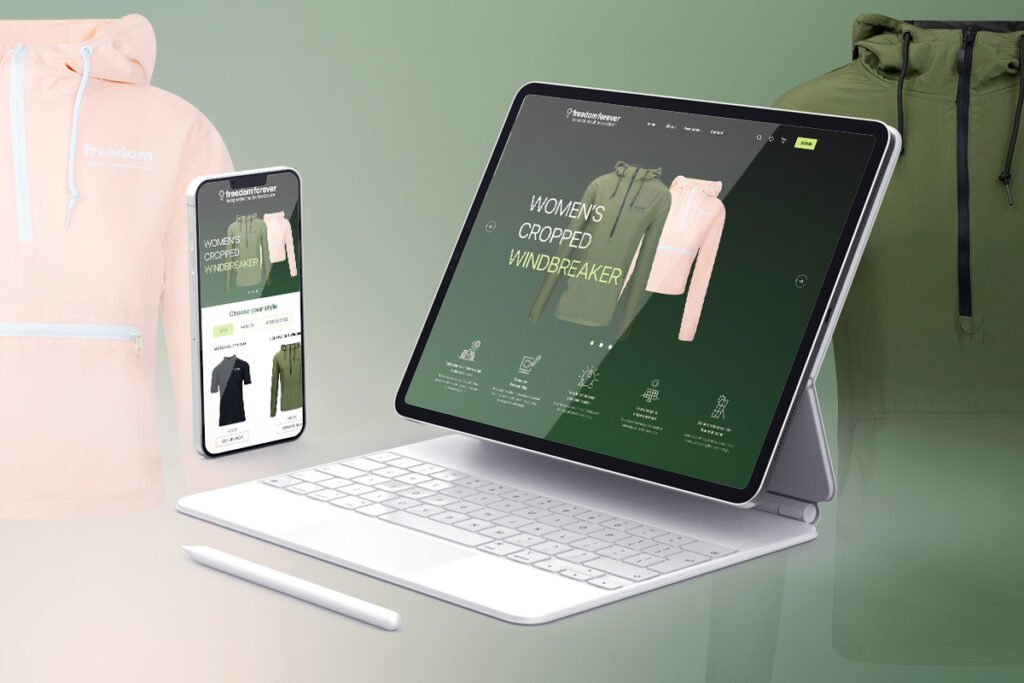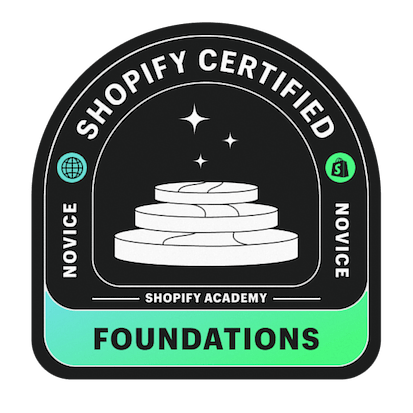The store you build on Shopify behaves like your home, where you must manage and organize all the orders and products. At the start of the business, you may have a few products in your eCommerce store, but things may start to get busy as your store grows. You may start having to add hundreds of products and their variations in your Shopify store. You can save time and money by using effective ways to manage products and orders in your Shopify store.
Shopify, a leading eCommerce business platform, knows how to help store owners manage everything in their Shopify store effectively. The platform offers a feature of tags to sort your content and products on your Shopify store. It allows you to create custom tags in different sections to manage important orders and arrange important details.
If you’re a Shopify store owner, you must be interested to know what are tags in Shopify, how to create them, and how they can help you manage the important details. Scroll down to know every aspect of tags in Shopify.
What are Tags in Shopify-A Detailed Overview?
Tags in Shopify (not to be confused with SKU) are custom labels that you can add to your products, blog posts, returns, customers, and orders to manage and organize them effectively. The amazing thing about Shopify tags is you can add multiple tags to your customers, orders, and products. For instance, you can tag your potential customer as “lost” and “VIP”.
You can search and add filters on your drop-down menu using your preferred tags in Shopify. They organize the search results for your potential customers and help you to organize your product pages.
Types of Tags in Shopify
Shopify enables you to create custom tags for specific sections such as;
-
Products
Product tags in Shopify enable you to group your products into different categories.
-
Orders
Shopify allows you can tag your orders and draft orders as “Urgent”, Reviewed”, or “Fraudulent”.
-
Blog Posts
If you have blog posts in your Shopify store, you can use different tags to make them more visible and organized.
-
Customers
Shopify allows you to tag your potential customers as “lost”, “problematic”, or “VIP”.
-
Transfer
You can use transfer tags in Shopify to manage your incoming inventory. For instance, you can use tags like “Reoccurring” and “Urgent” to handle the important details.
When to Use Tags in Shopify-A Detailed Overview?
Shopify tags help you categorize your eCommerce store’s products and improve your online business’s credibility. You can use tags to increase your marketing tactics and improve communication with your potential buyers. Here are the following sections where you can use Shopify tags;
-
Store Operations
Tags in Shopify provide a comprehensive way to run your store smoothly. You can use tags to send emails to your buyers in which you may ask them to review the products they purchased from your store. Tags help create automated notifications and ensure a strong relationship with your customers.
Shopify tags filter orders and provide you with a detailed customer page. You can use these tags to hide the out-of-stock products from your customers and notify them when products are back in stock.
-
Rewards & Loyalty
You can use customer tags with your loyalty programs to create automated notifications for potential buyers about end-season sales. They help to improve the browsing experience of your potential customers.
-
Shipping
Shopify allows you to create order tags based on your fulfillment locations, expected delivery dates, and zip codes. It ensures a positive and smooth shopping experience for your buyers. You can use tags to send automated emails about abandoned, partially fulfilled, and canceled orders.
Order tags also help your customers find their desired products easily when searching for different items on your Shopify store. You can use tags in your shipping and fulfillment section to improve product development and customer support services.
-
Customer Data
You can set up tags to collect the information of data of your potential buyers. It can create an automated flow of information you need to reach your target audience and expand your online business.
-
Marketing
You can add specific tags to the URL of your blog posts to provide your users with a curated inventory page and relevant page results. It is also effective to send tag-triggered emails to your new and existing customers.
-
Shopify Tags for SEO
Apart from helping you organize your Shopify store, tags can also affect the SEO of your Shopify products. With the specific tags, you can increase the ranking of your business website in Google search results. Moreover, tags help your potential customers easily filter and find their specific products.
Create Tags in Shopify
Tags in Shopify are easy to create as you need to follow a few simple steps. You can manage your incoming inventory, blog posts, customer orders, and many more with Shopify tags.
- Open your specific blog post, product, transfer, customer, order, or draft order details in your Shopify store.
- Go to the Shopify tags section and enter the tag’s name or select it from the list of existing tags.
- If you enter a new name for the tag in Shopify, it will automatically be saved for future use.
- Once you’ve entered the tag name, click on “Save.”
Remove Shopify Tags
Shopify lets merchants remove a tag from their product, order, or blog post.
- Open your specific blog post, product, transfer, customer, order, or draft order details in your Shopify store.
- Click the “X” next to the Shopify tag you want to remove
- It will remove the tag only from your specific product, order, customer, blog post, etc.
- Click “Save”
Conclusion
Tags are one of the important features offered by Shopify to help merchants run their online business smoothly. Shopify tags save time and money and enable you to focus on more pressing concerns. You can benefit from using tags in marketing, store operations, shipping and fulfillment, and customer data sections.




 E-Commerce Setup
E-Commerce Setup



